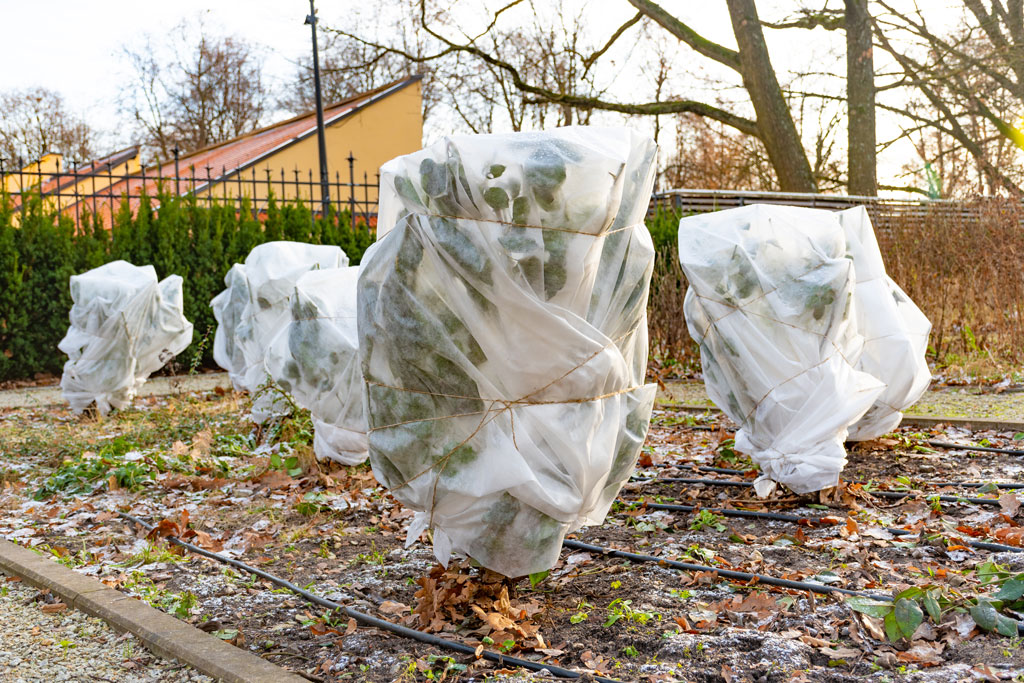Preparing Your Garden For Winter

Prepare Your Home
Preparing your garden for winter is essential to ensure your plants survive the colder months and thrive when spring arrives. Here’s a step-by-step guide to help you get your garden ready for winter:
- 1. Clean Up:
• Remove Dead Plants: Clear out any dead or dying plants from your garden beds. Compost disease-free plant material or dispose of it properly.
• Prune Perennials: Trim back perennial plants and shrubs. Cut back to ground level or to a few inches above, depending on the plant species.
• Rake Leaves: Remove fallen leaves from your garden beds and lawn. You can add them to a compost pile or use them as mulch. - 2. Soil Care:
• Add Compost: Spread a layer of compost over your garden beds. This enriches the soil and provides nutrients for the plants during winter.
• Mulch Beds: Mulch helps retain soil moisture and insulates plants’ roots from extreme temperatures. Apply a thick layer of mulch around your plants but avoid piling it against the stems.
• Test Soil: Consider testing your soil. It allows you to know the soil’s pH and nutrient levels, enabling you to make informed decisions about soil amendments. - 3. Protect Plants:
• Cover Delicate Plants: If you have delicate or tender plants, cover them with burlap or frost cloth to protect them from frost and harsh winds.
• Wrap Tree Trunks: For young trees, wrap the trunks with tree guards or burlap to prevent sunscald and damage from rodents. - 4. Garden Tools and Equipment:
• Clean Tools: Clean and properly store your garden tools. Remove dirt and moisture to prevent rust.
• Drain Irrigation Systems: If you have an irrigation system, drain it to prevent freezing and pipe damage. - 5. Lawn Care:
• Mow the Lawn: Give your lawn a final mow, cutting it slightly shorter than usual.
• Aerate: If your lawn has heavy traffic during the summer, aerate it to allow nutrients and water to reach the roots more effectively.
• Overseed: If you have cool-season grass, consider overseeding to fill in bare patches. - 6. Prepare Garden Structures:
• Clean and Store Furniture: If you have garden furniture, clean it and store it indoors or cover it with waterproof covers.
• Inspect Fences and Structures: Check your garden fences, trellises, and other structures. Make repairs where necessary before winter storms. - 7. Plan Ahead:
• Plan for Spring: Use winter to plan your spring garden. Research new plants, make a planting schedule, and order seeds if necessary.By following these steps, you’ll help your garden survive the winter and come back strong and healthy in the spring. Remember, the specific tasks might vary based on your location and the plants you have in your garden, so always consider local conditions and plant needs.
